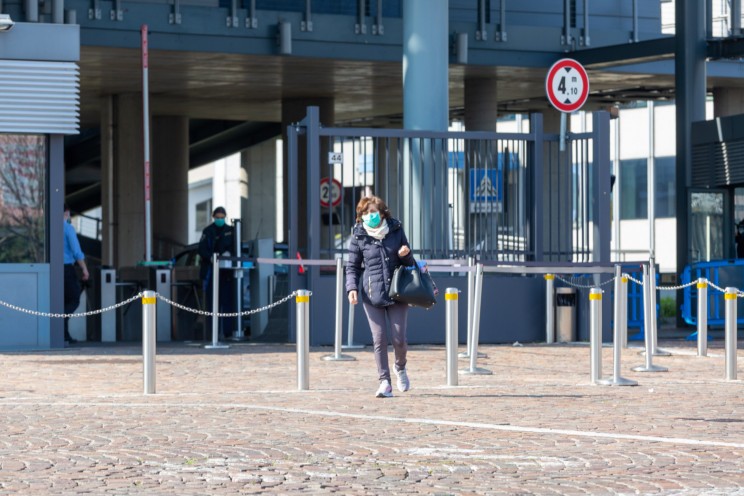
Work, like so many other aspects of life, will not be the same for a considerable amount of time in the wake of the coronavirus health crisis, at least during the much talked about "phase 2" on the road to recovery in Italy. As a result, real transformations will be seen in offices to ensure adequate safety standards for workers. Let's see how offices could change in order to deal with the health emergency and prevent the spread of the infection further.
As well as for shops and social spaces in general, there will be some unavoidable guidelines regarding spacing and social distancing. It is therefore reasonable to imagine offices with desks further apart than usual, perhaps with visual aids on the floor with prearranged paths and the use of transparent screens to protect employees behind their desks, as well as providing workers with different start times to avoid crowding.
Obviously, for those who can continue to work from home, it will be recommended that you do so, but for those who will have to return to the office, things will not be the same as before. Companies will be studying different schedules and shifts to make less people present at the same time in the office, but also to reduce congestion due to the movement of people on their journey to and from work.
INAIL (National Institute for Insurance against Accidents at Work in Italy) itself has drawn up a technical document for the reopening of offices with some guidelines in which nothing is left to chance. Common areas, such as company canteens, refreshment areas, changing rooms and bathrooms must be continuously ventilated. Not only that, there must be a capacity limit and a maximum time of use, along with adequate spacing.
In a further suggestion, it is stated that for workers who do not need special tools or equipment and who can work autonomously during the transitional period, it would be best for these employees to work in separate spaces away from the rest of the office, such as meeting rooms or unused spaces.
On the other hand, for open-plan environments where several employees work simultaneously, innovative solutions could be found, such as repositioning the workstations properly spaced apart and introducing separating barriers with transparent panels.
Returning to the management of workers' entry and exit, in addition to staggered timetables and the implementation of separate entrance and exit doors, the use of thermoscanners at the time of entry to control the temperature of employees would be fundamental. The access of external suppliers could also take place according to modalities, routes and timing clearly defined by the company. For the loading and unloading of products, the specified spacing regulations would also have to be respected.